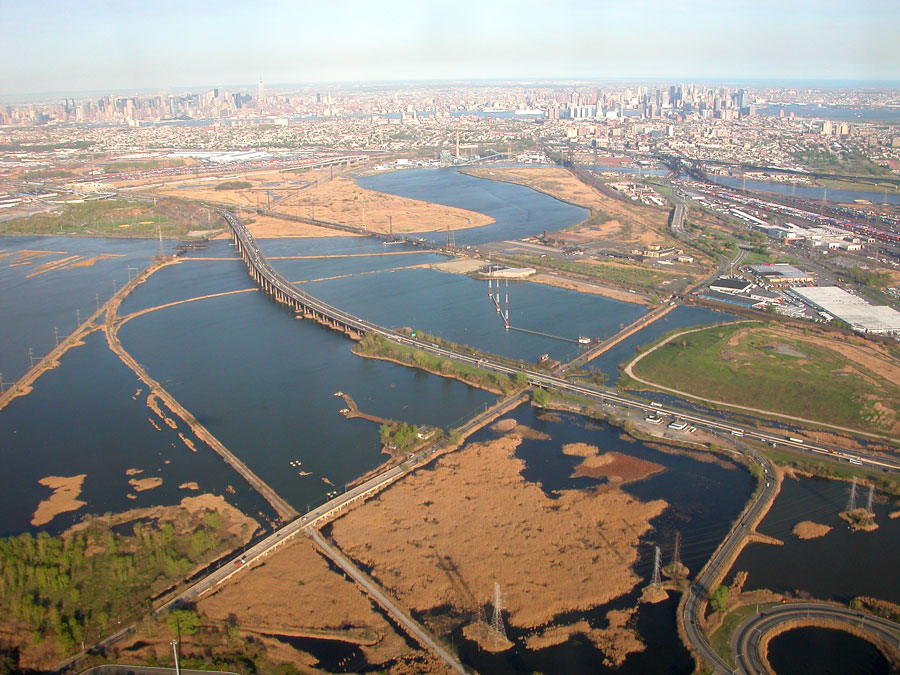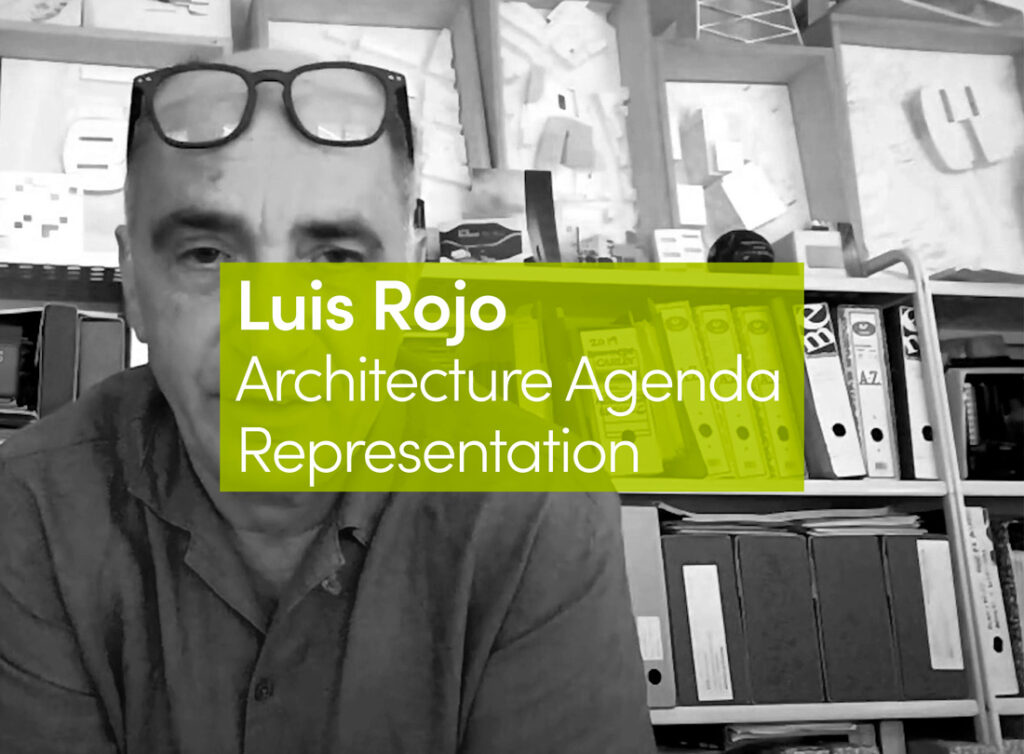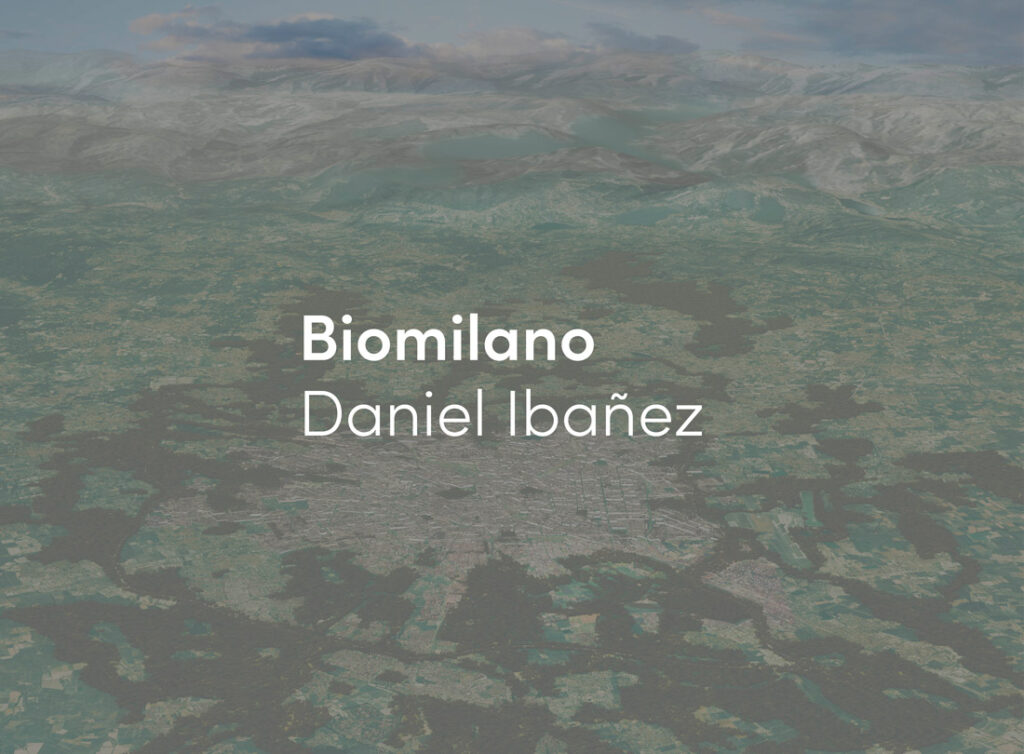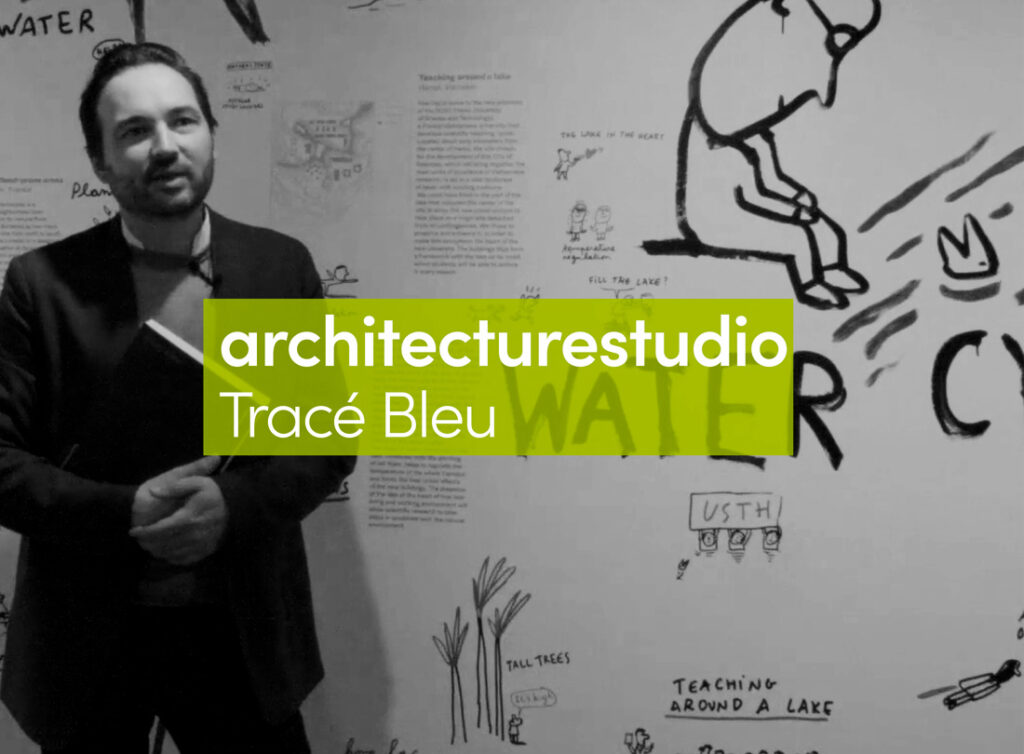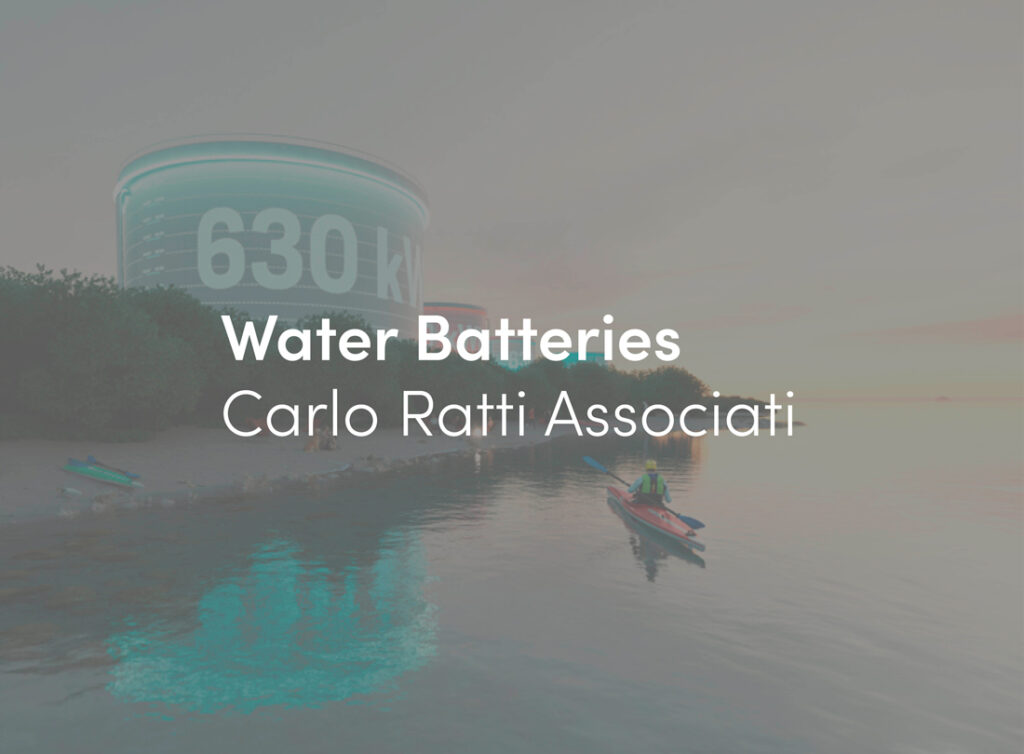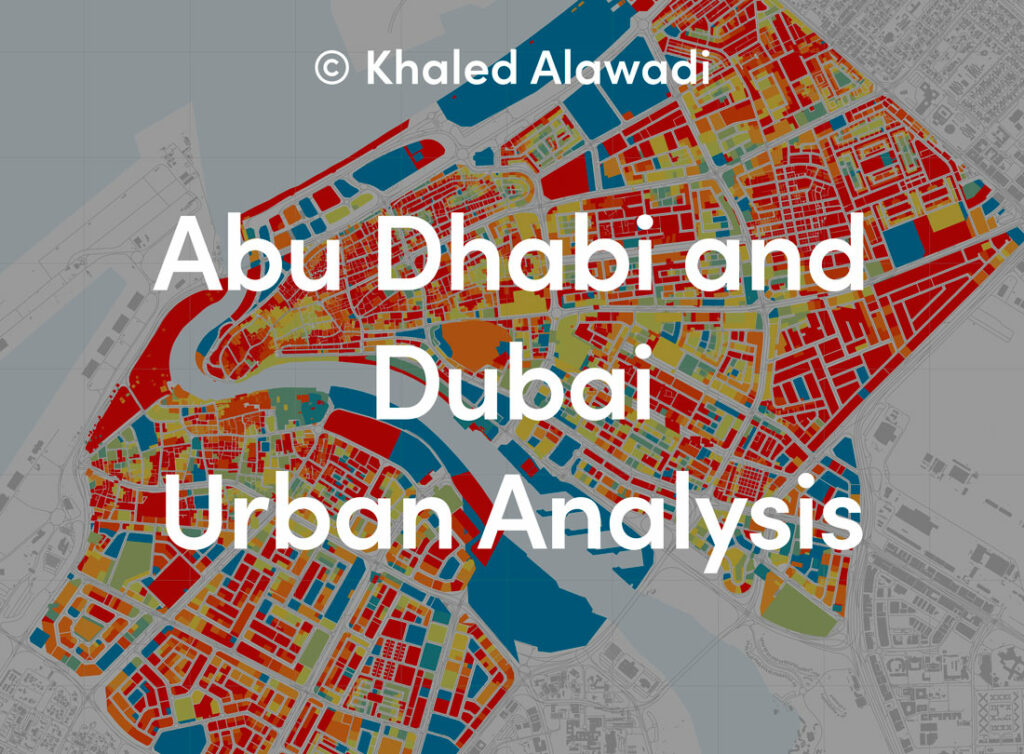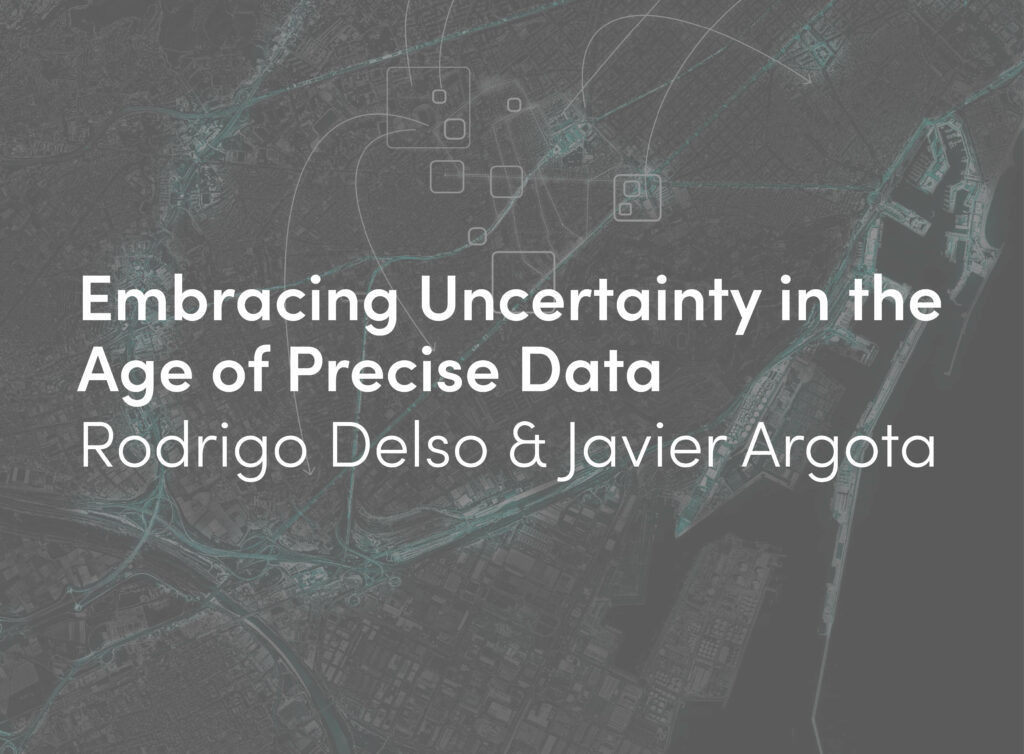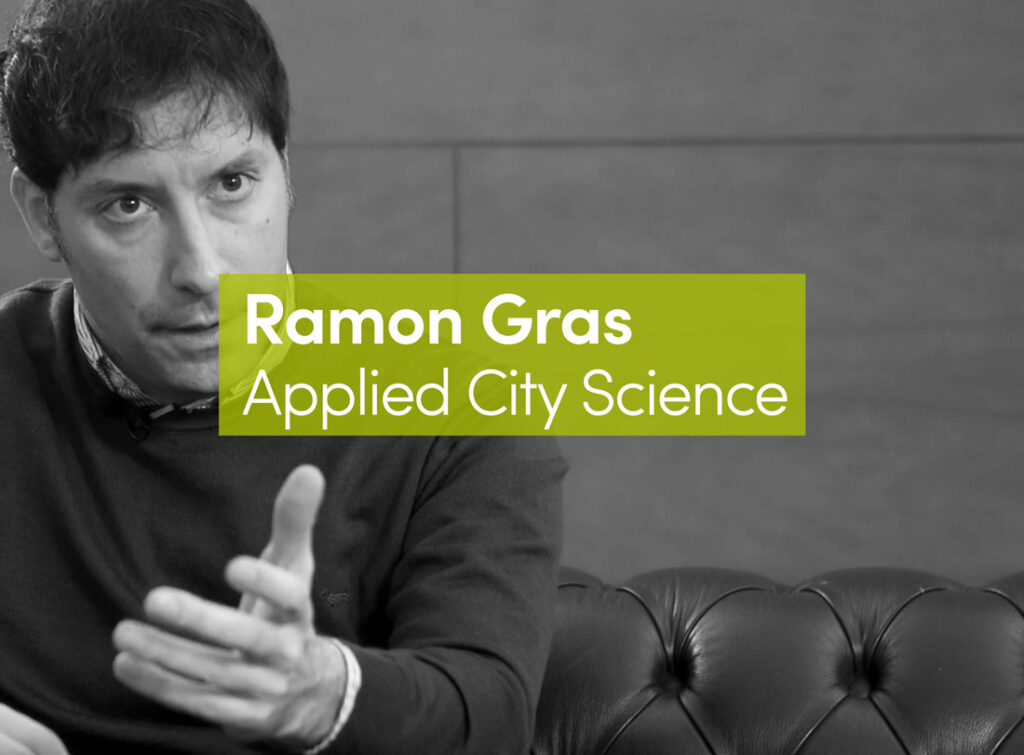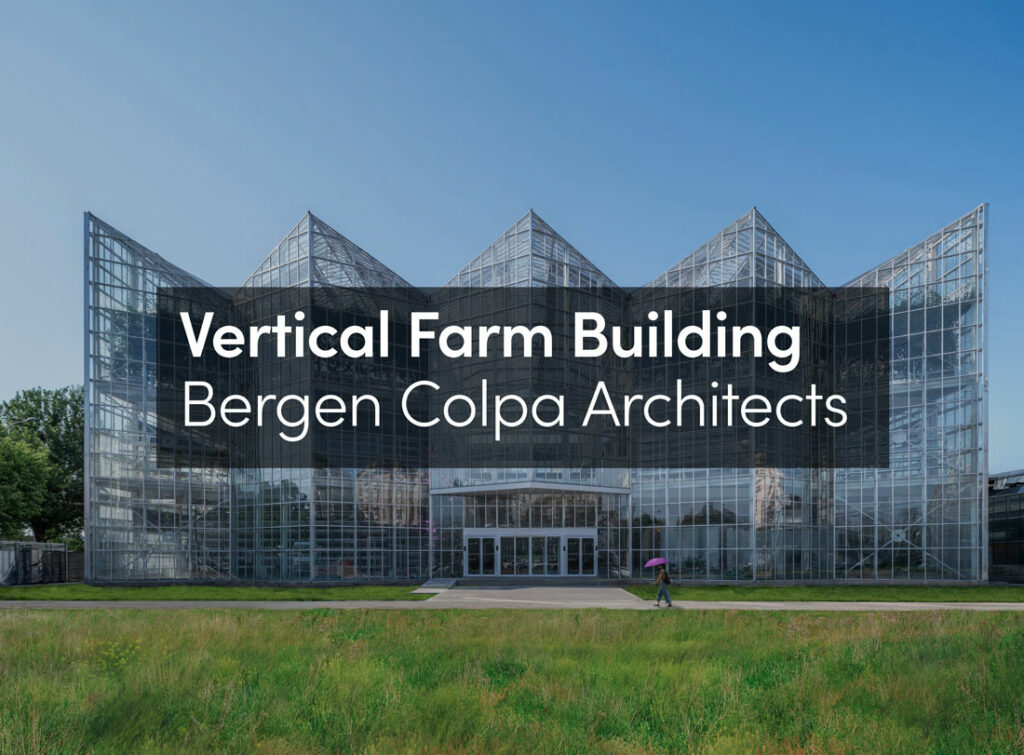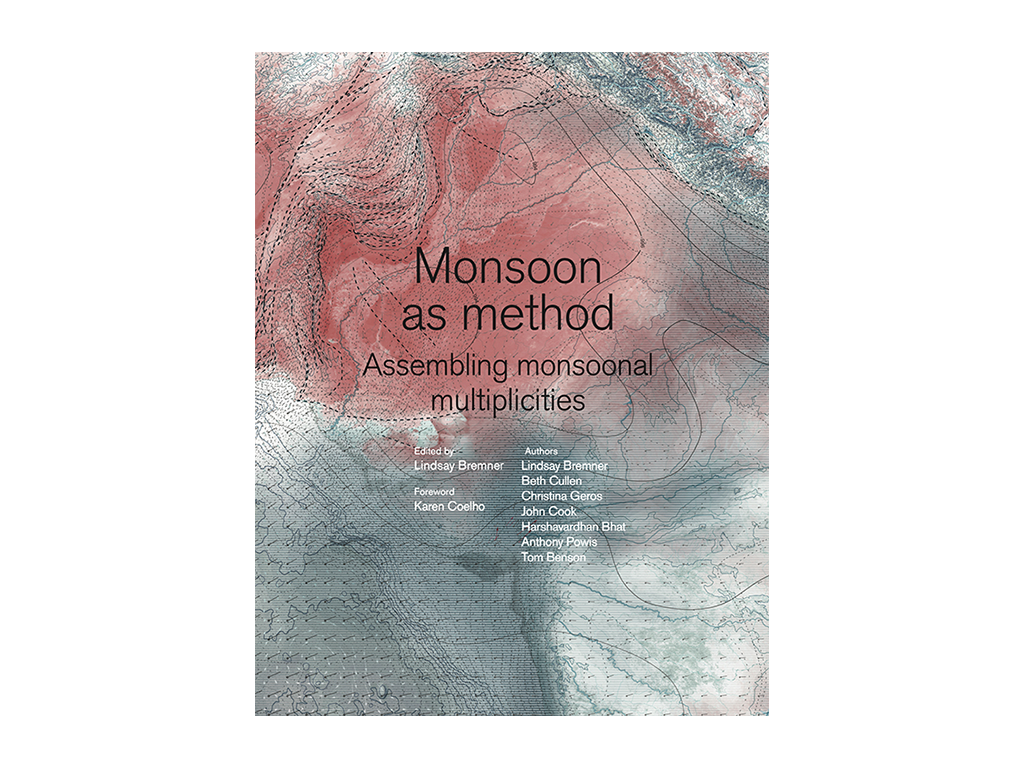Although many in the tristate area know it as a place to just drive through, the New Jersey Meadowlands is a critical micro-region just west of New York City. A quarter-million people commute on Amtrak and local rail through the area every day, and it’s the warehouse and distribution hub for the region—Amazon just purchased a 600,000-square-foot warehouse there, near the Teterboro Airport, to expedite its shipping operations. With 800 acres of preserved wetlands, the Meadowlands also sustains fisheries and migrating birds. That ecology co-exists with critical infrastructure: power and wastewater treatment plants, as well as petroleum production, but its soil and water holds contaminants that pose great risk to human health. Together, the value of all property in the Meadowlands is assessed at $6.2 billion.
Aerial view of the Meadowlands. (Courtesy Doc Searls / Flickr)
The low-lying area is also particularly vulnerable to sea level rise. Last Friday at Assembly, the Regional Plan Association’s annual conference, stakeholders convened to discuss its future. “Facing Climate Change in the Meadowlands” brought together Robert Ceberio, president and founder of consulting firm RCM Ceberio; Stephen Dilts, office leader at New Jersey’s HNTB, an infrastructure planning firm; Debbie Mans, executive director of NY/NJ Baykeeper; and Catherine Seavitt Nordenson, principal of Catherine Seavitt Studio and assistant professor of landscape architecture at CUNY. The talk was moderated by Eugenie Birch, the Lawrence C. Nussdorf Chair of Urban Research and Education at the University of Pennsylvania.
The panel raised big questions: Where do we retreat from, and where do we protect? How can fixed infrastructure be adapted? How will resiliency planning sustain natural ecosystems? And—with sea levels projected to rise three feet in the next 60 to 80 years—how soon can we start?
From 1969 through the early 2000s, the Meadowland’s growth was guided by a master plan. That plan called for the major development of the wetlands, backed by literal tons of infill (the debris from Penn Station and the London blitz lives there now, below some NJ Turnpike spur). After the plan expired in 2004, the residential population dropped to 30,000 from 70,000 while commercial space more than doubled to 6.5 million square feet of warehouses, stores, and offices.
It used to be that no one cared about the health of the wetlands, Ceberio said. The former executive director of the New Jersey Meadowlands Commission added that now, though, “resiliency and flood control is on the top of everyone’s mind,” When planning the area, “we used to look at heights of buildings in relation to the Teterboro Airport. Now we’re looking at FEMA maps.”
But the will to act is another question. “Are people in state and federal government are going to step up and do it?” he asked, sort of rhetorically, but other panelists were eager to jump in.
The lack of a major plan—and a timeline—for sustaining a critical area was a running theme, foreshadowing words of warning from conference keynote Joe Biden. The former vice president told elected officials, planners, and AEC professionals in the audience to “stop being polite” and “sound the alarm” on the “shameful” state of the region’s infrastructure. “You need to start shouting about how bad things are,” he said.
In New Jersey, at least, the stakeholders are vocal. Debbie Mans said that obstacles to resiliency planning abounded. Since the state legislature dissolved the Meadowlands Commission seven years ago, she said, there’s been a piecemeal approach to what should be a comprehensive regional strategy. She took issue with grand plans put forth by Rebuild By Design, HUD’s National Disaster Resilience Competition. The plans called for hard and soft infrastructure, including a wall in the middle of the wetland. They’re soft, Mans said, is levees and berms. But with green infrastructure already intact, “bisecting and filling it intuitively doesn’t make sense.” The implementation, too, is scattershot; she questioned what the state and the region would receive for the millions being spent in the Meadowlands.
There was a consensus among panelists that more needed to be done to re-orient the crisis-by-crisis response approach towards a more proactive planning framework. Ceberio pointed out that the Gateway Program‘s tunnel entry point is in the Meadowlands. (The project will build a massive rail tunnel under the Hudson River to replace Hurricane Sandy–damaged tubes used by Amtrak and New Jersey Transit.) But he noted climate change puts the project in a precarious position: “If flood scenarios become reality those tunnels are gone. Gone!”
Beyond trains, around 1,900 people in the area could be displaced due to rising sea levels within the next 30 years. Despite the risks, residents want to stay. But there are hard conversations that need to happen. When people are passionate about a place like residents are about the Meadowlands, “they do things to sustain it,” Seavitt said. “In all of its tawdriness, it’s beautiful.” There’s a long way to go: “If there was a reasonable, strategic, well-thought-out plan we’d get behind it,” said Mans. “But we don’t see that right now.”
